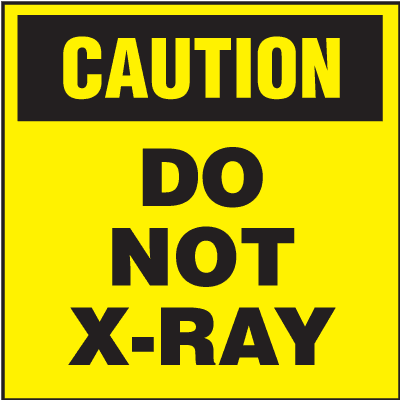Sciatica is a condition where a person has radiating pain that goes down the leg often into the foot and ankle. There are many resources to look into the actual problem that is sciatica. There are also ways that you can educate yourself on sciatica treatment. The purpose of this article is to share with you some evidence based statements that will inform your decision making about how you can help reduce your disability associated with sciatica. I will be discussing 4 areas that are critical to understand about sciatica.

The first area concerning sciatica I will be touching on is education. Educating yourself about a condition and options for treatment will help you to make a more informed decision. When it comes to sciatica treatment and information, I would suggest that you go to a reputable source like mayo clinic or Cleveland clinic. One of the key points that is important to understand with this condition is that it is often self limiting. According to a review written in the British Medical Journal, Most patients with acute sciatica have a favorable prognosis but about 20%-30% have persisting problems after one or two years. That means that you are going to get better! It is important to remember that the body is very resilient and that when given the right environment it will heal well on its own.
The second area concerning sciatica treatment is recommendations on staying active. The advice for patients with back pain many years ago was bed rest. We know now that the effects of bed rest on muscle wasting, a decrease in the efficiency of your heart and lungs and on your mood does very little to help decrease the limitations that are associated with sciatica. The evidence is very clear on returning to activity as quickly as possible. Walking is a great activity that can help stimulate your body’s release of feel good chemicals to reduce your pain naturally. Being seen by a physical therapist who can evaluate the things that make your symptoms better or worse is also very valuable.

The third area that helps to deal with an onset of sciatica and also helps to reduce your risk concerns known factors that are bad for you. Smoking, mental stress, being overweight, and having work/job related vibration stress or constant lifting tasks all put you at an increased risk for developing sciatica or to preventing the quick resolution of the condition. There are obvious ways that each of these risk factors can be addressed, so we won’t go into detail about each one.

The fourth and final area that is important to understand about sciatica treatment revolves around the use of diagnostic testing like X ray and MRI. Unless a patient has a neurological deficit, meaning weakness in the lower body, any changes in bowel and bladder function, or they are progressively getting worse, a diagnostic test is not needed. The confounding variable in using these tools is that patients who don’t have pain will show “pathologies.” Our bodies age; an example I give is the wrinkles on our skin. Wrinkles on our skin are an outward sign of aging, we can also get wrinkles on the inside of our bodies. When we look at the low back, these wrinkles are stenosis, bulging discs, herniated discs, degenerative disc disease. We have to remember that these are all normal aging processes of our bodies. They are not necessarily linked to our pain complaints or what is causing the sciatica.

I hope this review on sciatica treatments empowers you to realize that you are going to recover. You will get back to your prior function and activities. I would advise that you team up with a great physical therapist who can create an alliance with you to see you to the finish line.
If you are interested in learning more about my practice, Pinnacle Physical Therapy, you can check out my website www.pinnacledpt.com, you can find my FB page or you can text or call me to set up a free discovery visit. 501-529-2010.
Thanks and here’s to helping you reach your Pinnacle!
Dr. Brian Murphy


